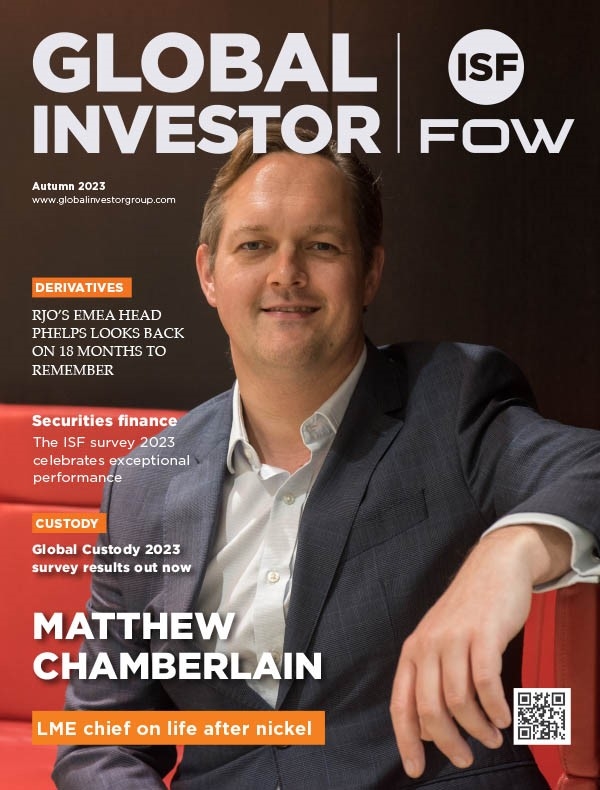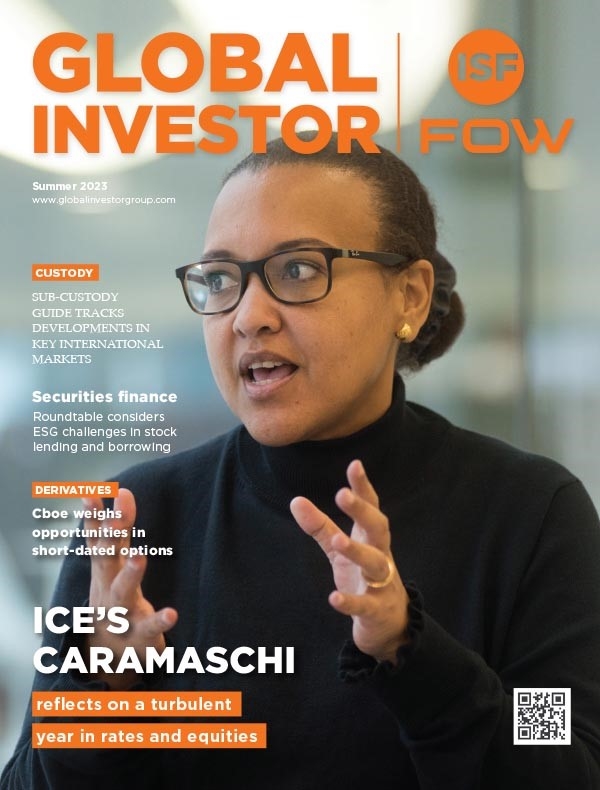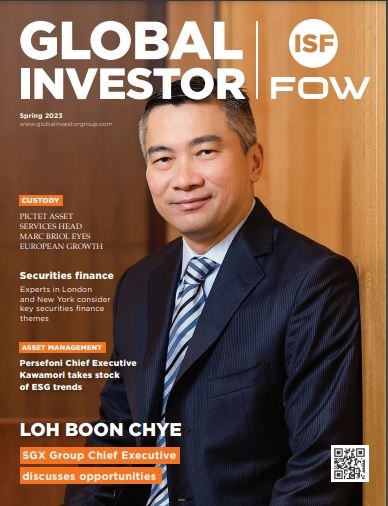Dynamic by design
Multi-asset strategies fall into two buckets. The first includes new strategic mixes such as diversified growth funds (DGFs), which bring an exposure to illiquid asset classes, risk parity and so on.
The second comprises a more dynamic or opportunistic approach towards navigating markets. While we offer both routes, we favour the latter. It is less about pursuing a shortterm trader-type strategy and more about establishing intermediate-term views outlining where opportunities lie and adjusting allocations accordingly.
It sounds like an obvious point to make, but it is highly unlikely that all strategies or asset classes available to an investor will deliver return at the same time.
In addition, it is important to challenge the notion that any particular strategic mix is suitable for all market conditions. If investors had a perfect view of whether China’s landing will be hard or soft, what the end of QE means for markets or whether geopolitical events will manifest into an oil shock, then strategic allocations could be set in advance. But nobody does.
Indeed, in our view there is no single asset class or strategic mix that investors should always be employing regardless of the fundamental backdrop. As a result, our approach is to manoeuvre – within a risk budget – away from those asset classes that are not suitable for the environment that lies ahead and towards those that are.

Does the increased popularity of multi-asset funds reflect a shift in how investors look at allocation?
Brinson and Ibbotson, the academic pioneers of asset allocation theory, suggested that asset allocation was the largest differentiator between portfolio returns. However, I don’t think they anticipated that their work would one day give rise to static asset class weightings with little consideration to market conditions.
Yet, prior to the financial crisis, such strategic allocation had become the norm. Investors typically adopted an investment programme that they would maintain almost irrespective of the outlook of markets. The assumption was that, over a long period of time, the peaks and valleys would even out.
This assumption became untenable when the financial crisis provided a particular steep valley from which many investors feared they might not emerge. In this environment, the combination of high volatility with low returns was especially unpalatable.
Dynamic multi-asset class funds can help investors out of these strategic restraints. After all, is a governance construct that prevents derisking during a financial crisis conservative?
When everyone else was purely strategic – we prefer the term static – there may have been comfort in numbers maintaining this position. The allure of benchmarking has some responsibility for this. Yet it is also important for investors to compare their returns with those of their peers and to deliver acceptable returns to their investors. As an increasing number of investors supplement their strategic allocation with a dynamic, opportunistic feature, we believe it will no longer be safe to be static.
How long has multi-asset been gaining popularity?
Over the past three years, in particular, we have seen this trend pick up speed. In this time, we have shifted from a place where there was a large degree of agreement about the merits of multiasset investing, but little adoption, to a place where investors are beginning to make significant commitments.
We would say now that a typical allocation in strategies that are sensitive to the market in this way is often 5% to 10%. Despite this, many investors are still at risk for moving too gingerly. We are now five years from the last financial downturn.
While, from a market perspective, PineBridge does not expect another down cycle in the next few years, from a governance perspective most have the mandate to improve their investment programme with the assumption that things will be different next time around.
From this latter perspective, the clock is ticking and 5% to 10% is still not enough. In some ways this gradualism is understandable – the shift away from a static model is the largest restructuring that the industry has had to undertake over the past 30 years.
How do managers deliver genuinely multi-asset coverage?
The first thing is to be practitioners in the full range of asset classes. PineBridge, for example, has 200-plus investment professionals spread across 21 countries, with teams directly investing in equity, fixed income, currency and a broad spectrum of alternatives.
Multi-asset managers practicing on a broad platform have an advantage in seeing opportunities that investors may not see themselves. In Mexico, for example, the return of the PRI to office two years ago had a considerable economic impact that we were able to anticipate with the help of our local private equity team.
The information they provided was useful, not only for the private equity portfolio but also to help understand Mexico’s listed equity and fixed income markets. The same is true today for India where our Mumbaibased colleagues were able to understand the significance of this long before most global investors.
Being able to supplement a top-down approach with bottom-up locally-sourced ideas and colour in this way is a real advantage. PineBridge is large enough to have the full range of capabilities, yet small enough for us to know each other and to collaborate.
How valuable are multi-asset portfolios in providing exposure to complex asset classes?
Strong multi-asset managers should be structured to draw on multiple sources of alpha. They should not just be capable of sourcing traditional fundamental security selectors.
They should also be capable of capitalising on complexity and their global reach on behalf of the investor. For example, promising new strategies may have a quantitative element or involve novel structuring, which under-resourced investors may not be able to analyse appropriately and therefore be left with a narrower opportunity set.
Multi-asset-class teams can bring the investor a broader set of underlying strategies as a component of their DGF in addition to moving towards more attractive asset classes.
What choices do investors have to make when starting to work with a multiasset managers?
Multi-asset managers generally offer investors two ways of working. They can offer DGF funds that serve as a diversifying allocation with attractive Sharpe ratios. The second approach is for the CIO and investment committee to utilise some of the ideas and processes inside the DGF more broadly in the remainder of the portfolio.
Here the investor is looking for regular dialogue and transparency when investing in the DGF. We have found that larger investors in general tend to favour the second, partnership approach while the mid-size and smaller managers favour the former approach.
To what extent does the demand for multi-asset funds vary across regions?
In Australia the large superannuation funds are looking to manage to a specific outcome, typically targeting CPI plus 5% per annum over rolling five-year periods. In the UK, DGFs were initially utilised by small and medium-sized pension plans using the fund to gain exposure to alternatives.
Yet, increasingly, at the second or third allocation the investor is looking for other types of diversification characteristics, including an element of dynamic allocation. DGFs are also increasingly finding their way into defined contribution (DC) plans as the “do-it-for-me” allocation. In Asia, we are seeing strong demand from Chinese insurance firms.
The authorities in Beijing have decided that this sector will be the first to be allowed to move capital outside of China as the capital account opens.
Global multi-asset class funds are a strong fit for Chinese insurance firms that start investing abroad to diversify and improve their total return prospects. In the US, pension plans in the midst of implementing LDI are utilising DGFs as a key component of the returnseeking side of their LDI programmes.
Does the growth of multi-asset funds present a challenge to investment consultants that have traditionally provided allocation advice?
Given that investors are seeking to be more opportunistic, which can have a large impact on their plans, they are also looking to expand their ideas pool. As a result, multi-asset managers are supplementing, not replacing, the existing advisers who are helping the investor find the best global multi-asset class funds, or DGFs.
Multi-asset managers and consultants have different historical strengths. Consulting firms have built their intellectual capital primarily around helping investors formulate strategic frameworks and select managers, whereas investment management firms have focused on developing market-based insights and decision-making processes.
When the very largest investors first began complementing their strategic allocations with an opportunistic element, they first turned to their trusted consultant.
Today, they increasingly believe that no one firm has all the answers and that expanding the number of relationships from which they can learn how to be more opportunistic is a prudent path forward.
Found this useful?
Take a complimentary trial of the FOW Marketing Intelligence Platform – the comprehensive source of news and analysis across the buy- and sell- side.
Gain access to:
- A single source of in-depth news, insight and analysis across Asset Management, Securities Finance, Custody, Fund Services and Derivatives
- Our interactive database, optimized to enable you to summarise data and build graphs outlining market activity
- Exclusive whitepapers, supplements and industry analysis curated and published by Futures & Options World
- Breaking news, daily and weekly alerts on the markets most relevant to you



